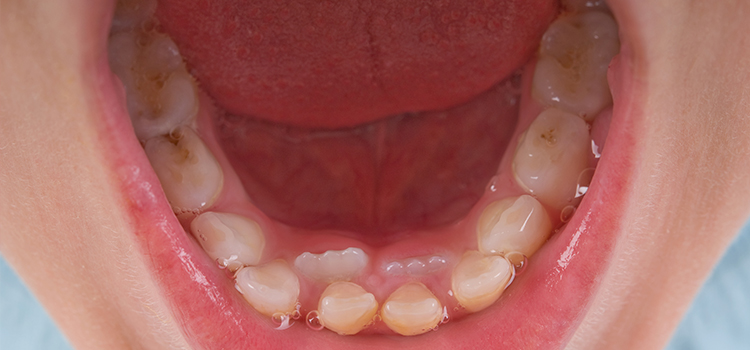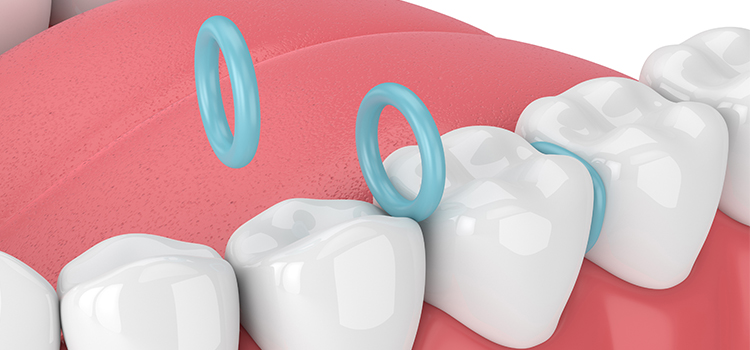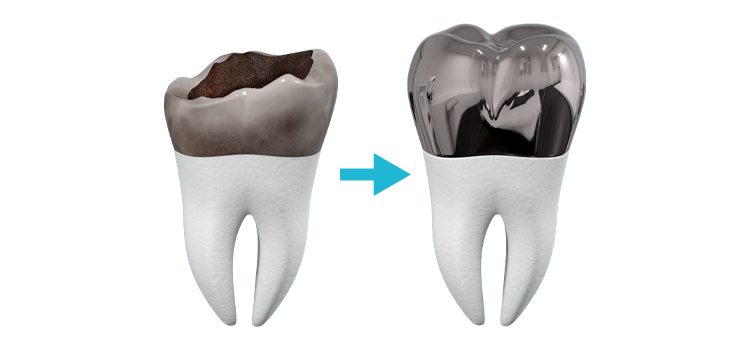September 13, 2021
The Hall Crown Technique is a non-invasive method of treating decay in primary (baby) molars involving the use of stainless-steel crowns.
Unlike traditional fillings, decay does not need to be removed from the tooth. Therefore, numbing (needles) may not be required and there is little to no drilling prior to placement.
How does it work if decay is not removed from the tooth?
If caught early enough, sealing decay from plaque and bacteria in the mouth is enough to prevent the cavity from progressing towards the nerve. Crowns are used to ‘freeze’ decay, stabilising the tooth until it falls out naturally with the crown still attached.
Which teeth are suitable to be treated with the Hall Crown Technique?
Baby molars with asymptomatic decay are generally suitable for Hall Crown treatment. If decay is too close to the nerve or, if the child is already experiencing pain in the tooth, a crown will not be effective. Your dentist or oral health therapist can help you determine if a Hall Crown is suitable for your child.
How is a Stainless-Steel Crown Placed?
Initially, the decayed tooth is assessed for suitability for a crown by a dental professional.

Rubber elastics are placed either side of the decayed tooth to create space between the teeth.

1-2 days later the elastics are removed, and the tooth is sized for a preformed stainless-steel crown. The crown is then seated and cemented over the tooth. No numbing or drilling is required, and the child can eat and drink immediately after the procedure. The crown will wobble out with the tooth when it is naturally ready to do so.

Hall Crown Technique Burleigh Waters
If you would like to book your child in for a crown or a consultation, contact our friendly team at Coastal Dental Care Burleigh Waters. Alternatively, you can book an appointment online 24/7.

